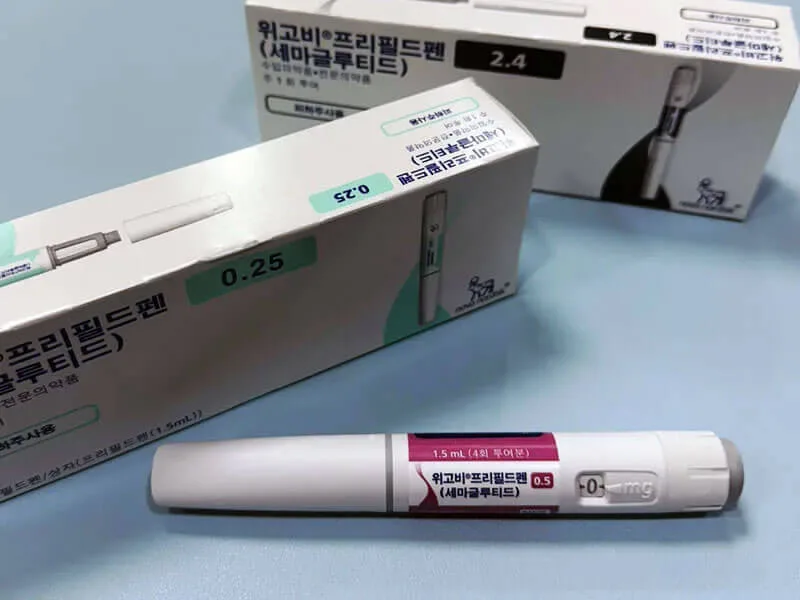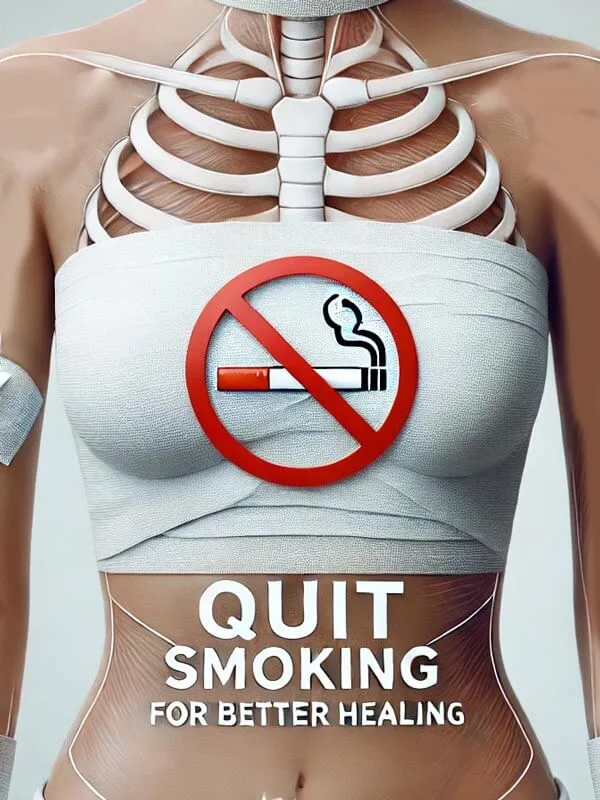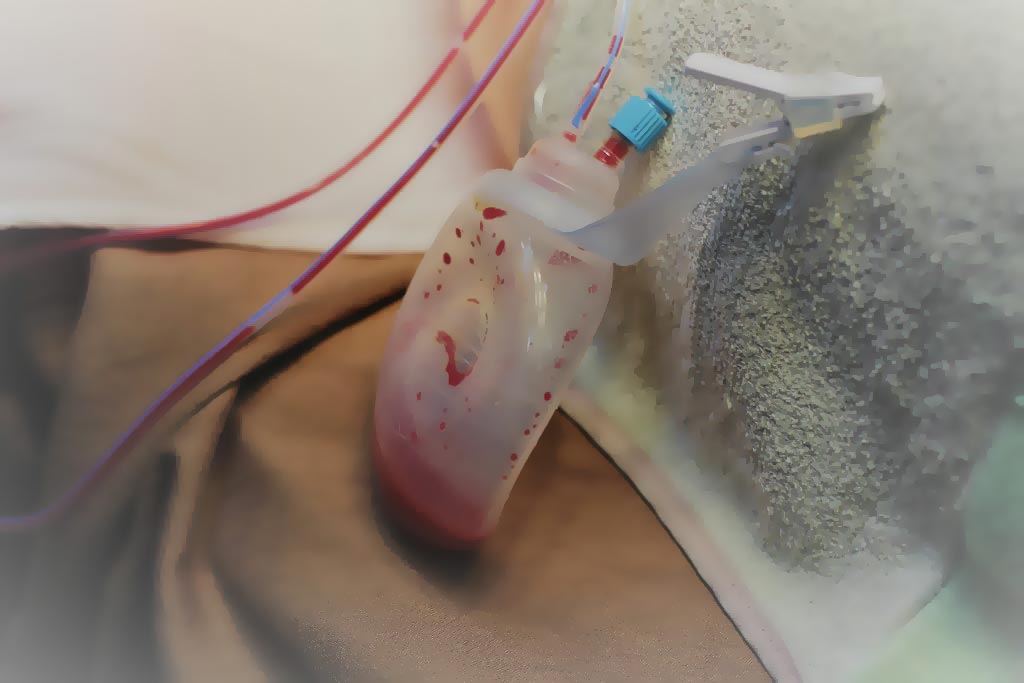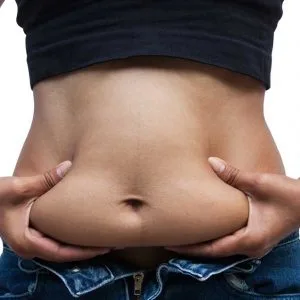Certified Antibacterial Sutures: How Evita Clinic Prevents Surgical Infections
evitaclinic2025-05-19T15:24:30+09:00Evita Clinic proudly uses WHO-recommended antibacterial sutures certified by Johnson & Johnson. These high-quality absorbable sutures help prevent surgical site infections in procedures like tummy tuck, gynecomastia surgery, and top surgery, ensuring safer recovery for every patient.










